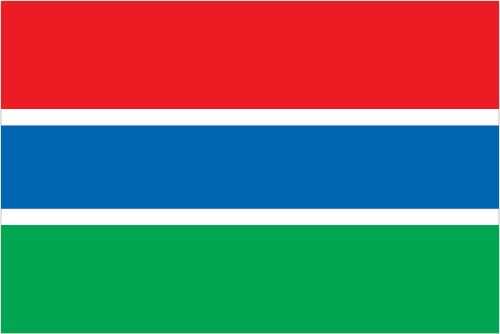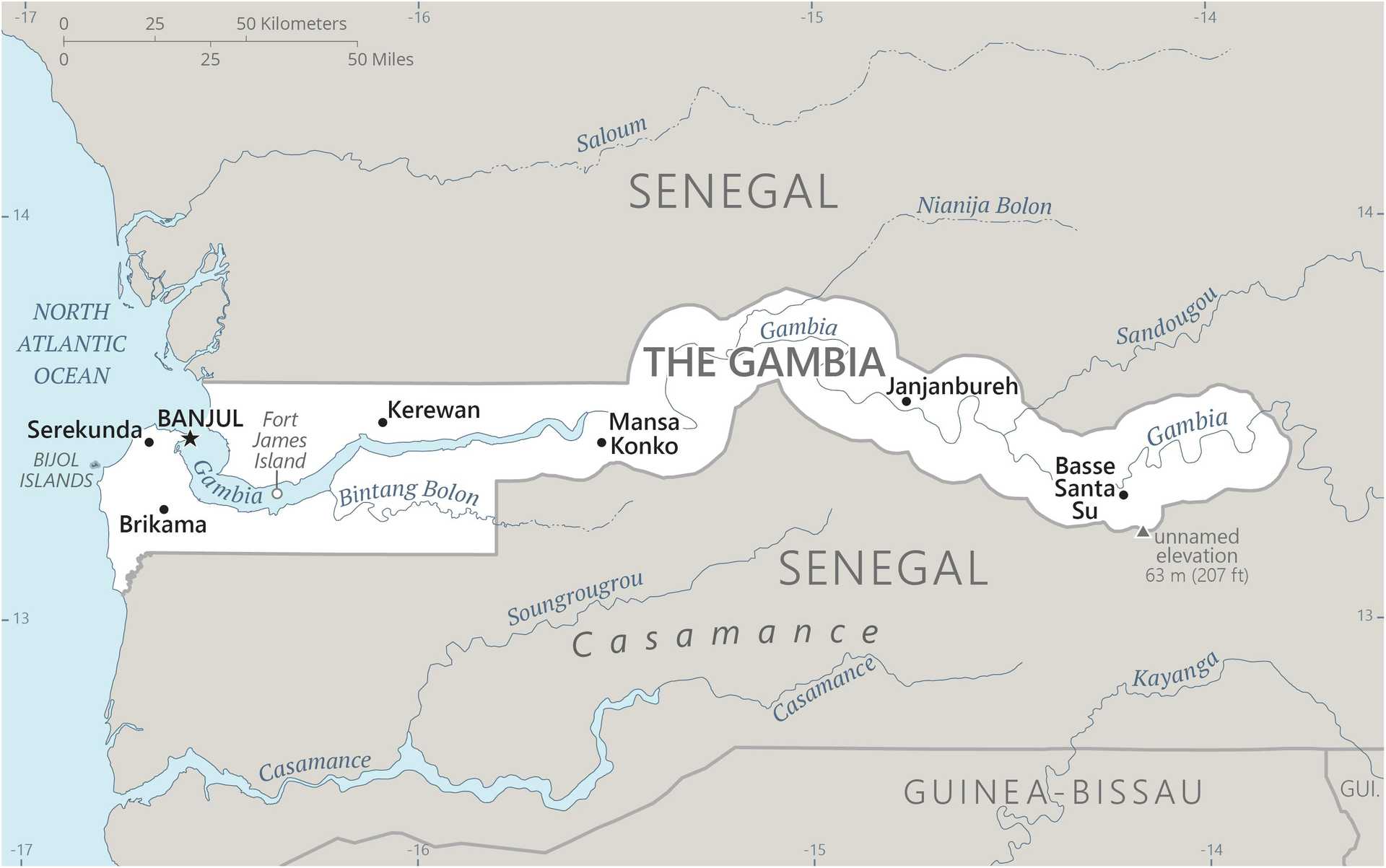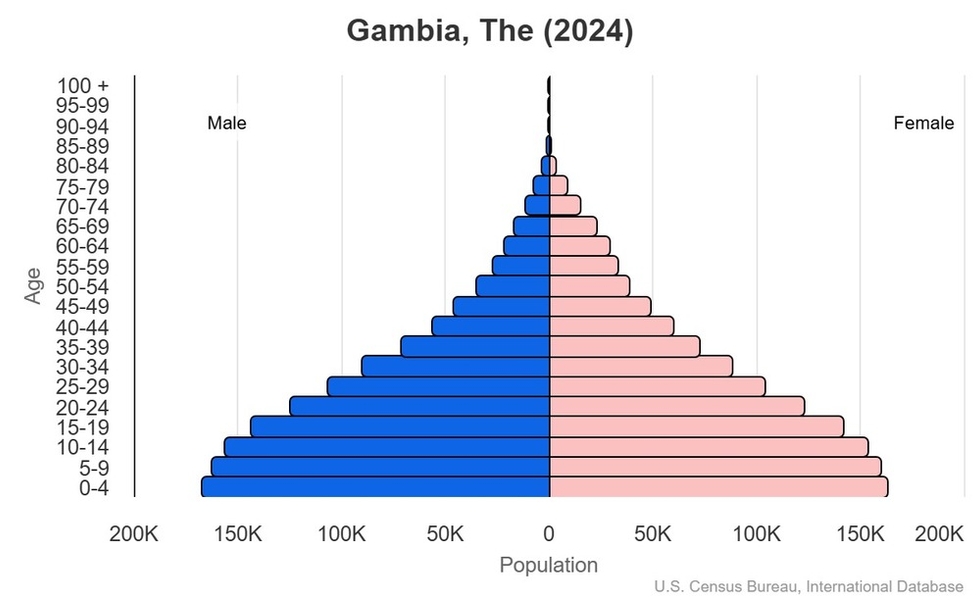Introduction
Visit the Definitions and Notes page to view a description of each topic.
Geography
People and Society
Population
comparison rankings: total 144; male 144; female 144
Median age
comparison ranking: total 205
Population growth rate
comparison ranking: 34
Birth rate
comparison ranking: 36
Death rate
comparison ranking: 177
Net migration rate
comparison ranking: 80
Maternal mortality ratio
comparison ranking: 20
Infant mortality rate
comparison ranking: total 35
Life expectancy at birth
comparison ranking: total population 189
Total fertility rate
comparison ranking: 33
Obesity - adult prevalence rate
comparison ranking: 138
Alcohol consumption per capita
comparison ranking: total 121
Tobacco use
comparison ranking: total 137
Children under the age of 5 years underweight
comparison ranking: 45
Education expenditure
comparison ranking: Education expenditure (% GDP) 168
Environment
Carbon dioxide emissions
comparison ranking: total emissions 188
Government
Economy
Real GDP (purchasing power parity)
comparison ranking: 169
Real GDP growth rate
comparison ranking: 29
Real GDP per capita
comparison ranking: 194
Inflation rate (consumer prices)
comparison ranking: 185
GDP - composition, by sector of origin
comparison rankings: agriculture 23; industry 165; services 127
Industrial production growth rate
comparison ranking: 92
Labor force
comparison ranking: 151
Unemployment rate
comparison ranking: 119
Youth unemployment rate (ages 15-24)
comparison ranking: total 114
Gini Index coefficient - distribution of family income
comparison ranking: 47
Current account balance
comparison ranking: 93
Reserves of foreign exchange and gold
comparison ranking: 156
Debt - external
comparison ranking: 106
Energy
Electricity
comparison rankings: installed generating capacity 179; consumption 179; transmission/distribution losses 48
Energy consumption per capita
comparison ranking: 180
Communications
Telephones - fixed lines
comparison ranking: total subscriptions 150
Telephones - mobile cellular
comparison ranking: total subscriptions 144
Broadband - fixed subscriptions
comparison ranking: total 193
Transportation
Merchant marine
comparison ranking: total 151



